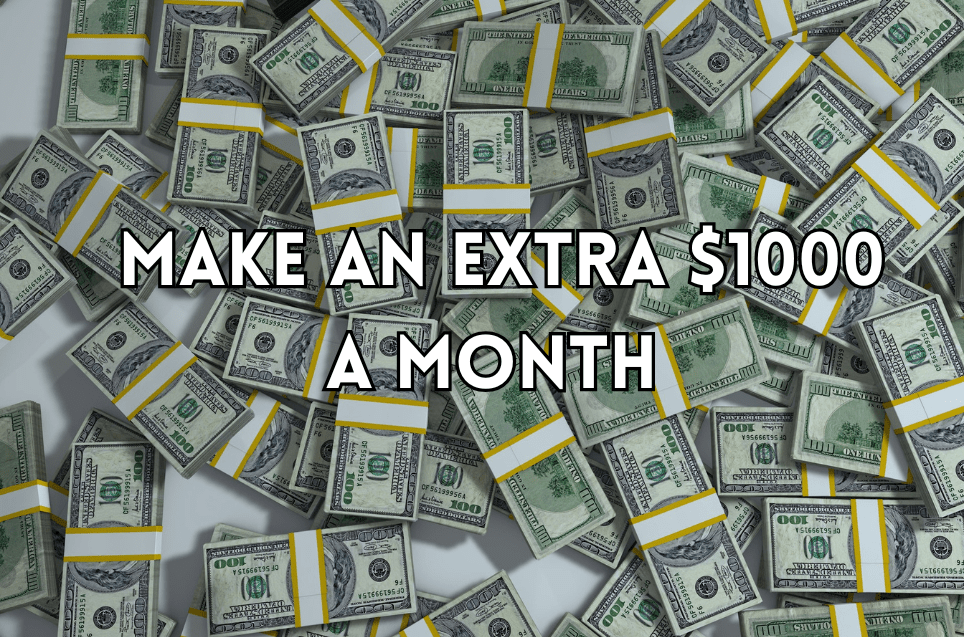If you’ve ever wondered how to become a freelance writer, you’re not alone. A few years ago, I was stuck in a job I didn’t love, dreaming of turning my passion for writing into a career. I started small writing samples, pitching to clients, and landing my first $50 gig. Today, freelance writing is my full-time job, offering freedom, flexibility, and a steady income.
Thank you for reading this post, don't forget to subscribe!In this guide, I’ll show you exactly how to become a freelance writer, just like I did. I’ll share the steps I took, from honing my skills and choosing a niche to finding clients and scaling my business. Whether you’re looking for a side hustle or a career change, this blog will help you turn your love for writing into a paycheck.
Table of Contents
ToggleWhat is Freelance Writing?
Freelance writing is creating content for clients on a project basis, such as blogs, articles, website copy, or social media posts. Instead of working for a single employer, freelance writers collaborate with multiple clients, offering flexibility and the freedom to choose projects that align with their interests and expertise.
One of the biggest perks of freelance writing is the ability to work from anywhere. Whether it’s your home office, a coffee shop, or even while traveling. Plus, the earning potential is unlimited; as you gain experience and build your portfolio, you can charge higher rates and take on more lucrative projects.
In 2024, the demand for freelance writers is stronger than ever. According to a recent study, the content marketing industry is growing rapidly, with businesses investing heavily in quality content to engage their audiences. This means more opportunities for writers to land consistent, well-paying gigs. If you’ve ever considered how to become a freelance writer, now is the perfect time to start.
Develop Your Writing Skills

When I first started exploring how to become a freelance writer, I worried I wasn’t “good enough” to get paid for my work. But here’s the truth: you don’t need to be a perfect writer to start. You just need to be willing to improve. Writing is a skill, and like any skill, it gets better with practice and dedication.
Here are some actionable tips to hone your writing skills:
Read blogs and books in your niche. Pay attention to how successful writers structure their content, use tone, and engage their audience. For example, if you’re interested in tech writing, follow popular tech blogs like TechCrunch or Wired.
Practice writing daily. Consistency is key. Start a blog, journal, or even write on platforms like Medium. The more you write, the more confident you’ll become.
Take free or affordable writing courses. Platforms like Coursera, Udemy, and Skillshare offer excellent courses on freelance writing, SEO, and content creation. One course I highly recommend is “Writing With Flair” by Shani Raja on Udemy. It transformed my writing style.
When I started, I practiced by rewriting articles I admired. I’d analyze their structure, tone, and flow, then try to recreate them in my own voice. This exercise helped me understand what makes great content and gave me the confidence to pitch my work to clients.
Remember, every successful freelance writer started somewhere. The key is to take that first step and keep improving.
Choose Your Niche

One of the most important steps in learning how to become a freelance writer is choosing a niche. A niche helps you stand out, attract higher-paying clients, and establish yourself as an expert in a specific area.
Popular niches include tech, health, finance, travel, and lifestyle. To choose your niche, consider your interests, expertise, and market demand. For example, if you’re passionate about personal finance and have experience managing budgets, that could be a great niche to explore.
When I started, I tried to be a generalist, writing about everything from travel to tech. But I quickly realized that focusing on personal finance helped me land better-paying gigs and build a strong reputation in that space.
Your niche doesn’t have to be set in stone. You can always pivot as you grow. But starting with a focus will make it easier to market yourself and attract the right clients.
Build a Portfolio

Your portfolio is your proof of skill to potential clients. It’s essential for showing what you can do and landing your first gigs.
Here are some practical ways to create samples:
Write mock articles or blog posts. Choose topics in your niche and create high-quality samples.
Guest post for free on blogs or websites. Many sites accept guest posts, and this is a great way to get published.
Use platforms like Medium or LinkedIn. Publish your work there to showcase your writing to a wider audience.
When I started, I created a simple website using WordPress to showcase my portfolio. It made me look professional and helped me land my first client. Even if you don’t have paid work yet, a strong portfolio can open doors.
Find Your First Clients

Finding clients is one of the most challenging but rewarding parts of learning how to become a freelance writer. Here are some actionable strategies:
Join freelance platforms. Websites like Upwork, Fiverr, and ProBlogger are great for beginners.
Cold pitch to businesses, blogs, or magazines. Research companies that need content and send them a personalized pitch.
Network on LinkedIn or social media. Connect with editors, content managers, and other writers.
Here’s a sample pitch template I used to land my first client:
Subject: Content Partnership Opportunity
Hi [Name],
I came across [Company Name] and loved your recent article on [Topic]. I’m a freelance writer specializing in [Niche], and I’d love to contribute a piece on [Topic Idea]. Let me know if you’re open to discussing further!
Best,
[Your Name]
My first client came from a cold email. I was nervous, but it paid off! Don’t be afraid to put yourself out there.
Set Your Rates and Manage Clients

Pricing your services can feel tricky at first. As a beginner, you can charge 0.05−0.05−0.10 per word or 20−20−50 per hour. As you gain experience, you can increase your rates.
Managing clients is just as important as finding them. Here are some tips:
Set clear expectations and deadlines.
Communicate professionally and consistently.
Use tools like Trello or Google Docs to stay organized.
I learned the hard way to always get a contract. Early in my career, I didn’t have one, and a client refused to pay. Now, I use simple contracts for every project to protect myself and ensure clarity.
Scale Your Freelance Writing Career

Once you’ve established yourself, it’s time to scale. Here’s how:
Increase your rates as you gain experience and build a strong portfolio.
Specialize in a high-paying niche like tech or finance.
Offer additional services like editing, SEO, or content strategy.
You can also create passive income streams by selling digital products like eBooks or templates. When I niched down and added SEO services, I doubled my income.
Conclusion
Learning how to become a freelance writer is a journey, but it’s one of the most rewarding career paths you can choose. Start by developing your skills, choosing a niche, building a portfolio, and finding clients. As you grow, set clear rates, manage clients effectively, and scale your business.
Take the first step today. Write a sample article, create a portfolio, or pitch a client. Freelance writing changed my life, and it can change yours too. All it takes is the courage to begin.



